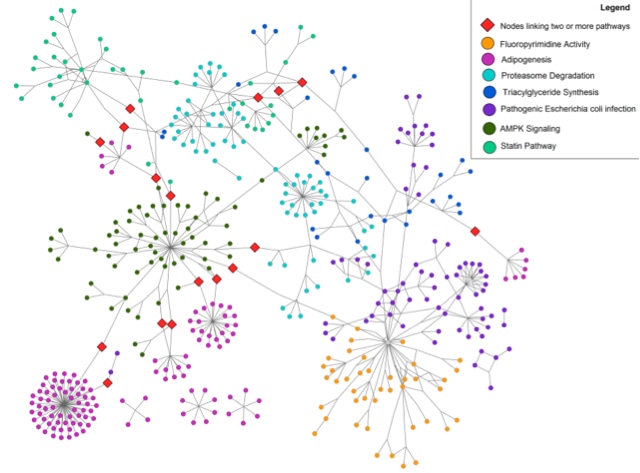
We focus on a Slotted ALOHA (SA)-based solution where a number of OWC IoT users contend to send data to a central OWC receiver. In this article, we consider a random access scheme for an indoor Internet of Things (IoT) framework that uses optical wireless communication (OWC). Another use allows an individual to correspond with a record-keeping organization under a unique pseudonym which appears in a roster of acceptable clients. Elections in which any interested party can verify that the ballots have been properly counted are possible if anonymously mailed ballots are signed with pseudonyms from a roster of registered voters. Applicants retain the exclusive ability to form digital signatures corresponding to their pseudonyms.

The technique can also be used to form rosters of untraceable digital pseudonyms from selected applications. one correspondent can remain anonymous to a second, while allowing the second to respond via an untraceable return address. The technique does not require a universally trusted authority. Tor is not exempt from this, and as it navigates these issues it is becoming increasingly mindful of its own relationships to power, values and politics.Ī technique based on public key cryptography is presented that allows an electronic mail system to hide who a participant communicates with as well as the content of the communication - in spite of an unsecured underlying telecommunication system. As Internet platforms and infrastructures extend further into social life around the world, so too are they being forced to come to terms with the shaping forces they exert on society and the values they represent. In recent years, this political ambiguity has become unsustainable. I argue that Tor has in the past accommodated its internal clashing perspectives through an ambiguity around politics and a shared construction of the users of Tor, which allow individuals to bridge and translate between these worlds. Using Susan Leigh Star's social worlds framework, I characterise these three ‘social worlds’ of Tor. Tor is not united around a single worldview, instead exhibiting three distinct framings of its work. Tor is an online privacy infrastructure whose practice of radical transparency makes it uniquely accessible, and it constitutes an example of a successful, widely used infrastructure which directly undermines the centralisation of governmental power online. I explore the cultures of the wider forms of technical work involved in these struggles through a sociological study of the Tor Project, involving twenty-six qualitative interviews with people in the Tor community and extensive archival research in Tor’s mailing lists and design documents.

As Internet freedom movements build infrastructures to promote online privacy, they enrol a wide range of different kinds of of technological work.


 0 kommentar(er)
0 kommentar(er)
